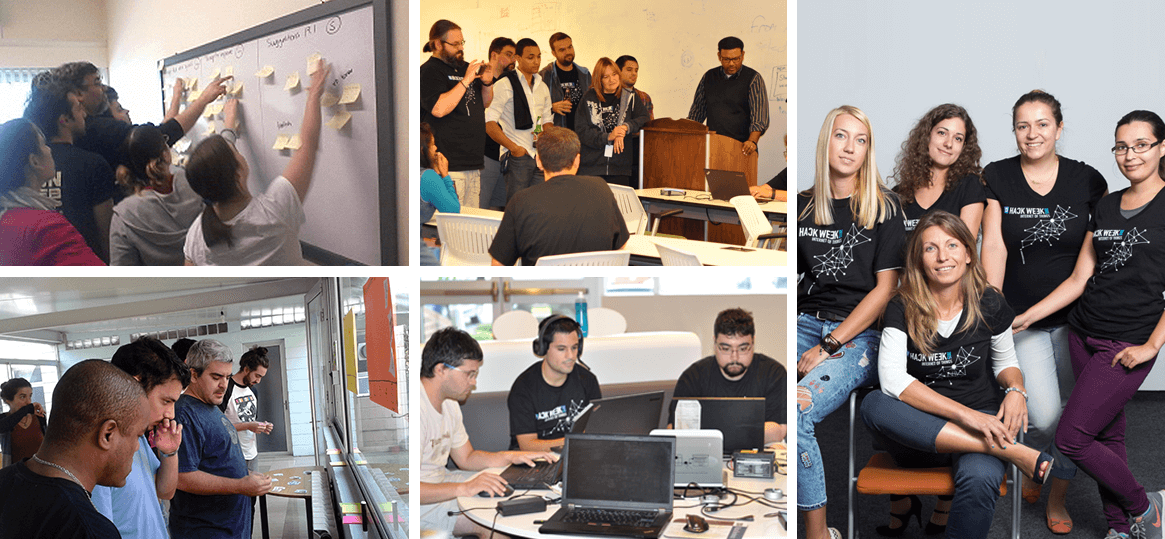More companies are relocating their HQs to the metaverse. Infragistics won’t be one of them.
Yet Dean Guida, the founder and longtime CEO of the software firm that may be best known for their collaborative work tool Slingshot, says a “digital workplace” is the future. We were just understanding the difference between remote and distributed teams; what the heck is the difference between a digital workplace and working in virtual or extended reality?
“I think it has a ways to go to get to the point, but just having a digital presence in a [virtual] world will help culture for sure. But it’s much different than a digital workplace,” Guida told Technical.ly. “The difference is that you have to be live to understand what’s going on.”
That is, you speak directly to your coworker in the metaverse at the same time — which can get tricky if, say, you employ people across continents, like Guida.
Guida and Infragistics have experience all over the spectrum of virtual and in-person work. Founded in 1989, Infragistics opened in 2010 a 74,000-square-foot warehouse-turned-sleek and sprawling office space in suburban central New Jersey, near Princeton. Last year, the company announced a $50 million fund and “innovation lab” that it billed as central to the company’s future. Guida has also invested in offices in six countries across four continents.
Before the pandemic, nearly all of his 250 employees were reporting into one of those offices, including more than half to his New Jersey headquarters. Yet he’s part of a big trend of companies thinking about the future of their workplace. According to data from an Accenture report, 63% of of “high-growth companies have already adopted a ‘productivity anywhere’ workforce model.” Meanwhile, most companies are grappling with their own hybrid approach — mixing in-person collaboration with off-site work.
A study done by Stanford reported that more than half of respondents want to spend time working both at the office and at home. Per a report from Microsoft, “73% of employees want flexible remote work options to stay.” One approach some companies have been turning to is using the metaverse concept of a virtual office, like once-Baltimore-based Mindgrub and New Orleans-born Online Optimism. Guida says there are already enough tools to do all of this well, and he thinks he knows how.
“The problems that you had in the physical office, you have the same problems in the metaverse. Is everyone aligned on objectives?” Guida said. “Does everyone understand the work they need to get done?”
How does Guida describe a digital workplace, which might sound like any workplace today? He says it’s a “workplace that connects everyone you work with everything you need.”
The big difference between the metaverse and digital workplace to Guida? Asynchronous work. He once spent $50,000 a year on candy for their offices. During the pandemic, he transitioned that budget to care packages that help bring their team together, no matter where and when they’re working.
Some of his tips for doing this well:
- Data needs to be easily accessible and well organized.
- Transparency is crucial to eliminate distrust and status reporting, one reason why many fully distributed companies use video messages to communicate across time.
- Thorough communication plans, since a successful digital workplace gives colleagues the ability to see what others are working on. This keeps people in the loop.
All this might seem funny given how much investment Infragistics has made into in-person offices. They’re still maintaining that and other offices, so why focus on a digital workplace?
“When you have everything contextually in one workplace to get work done, you have transparency,” he said.
For a guy who has navigated a software business for more than 30 years, he’s clearly spotted other changes before. Like other big, established software firms, Guida does think place matters. Infragistics maintains a relationship with Rutgers University, which has a masters of science program near the company’s headquarters. Still, Guida expects something like a third of staff to be going to an office regularly.
As he put it: “The hybrid workplace is here to stay.”







